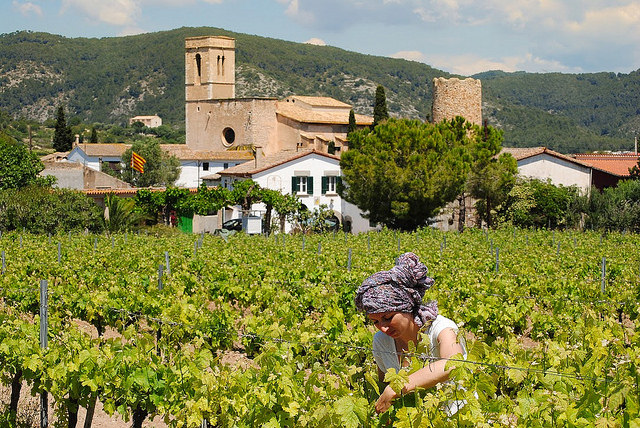
How to be a rural woman and live to tell the tale!
It’s 5 o’clock and the alarm goes off. She has breakfast and, with the radio in the background, she gets dressed for work. Milking starts at 6, but before that she needs to take the cows to the milking parlour. They aren’t many, but with the old facilities they find it hard to get in. Once she’s done, she goes back home, wakes up the children, gives them breakfast, gets them dressed, and takes them to school. Then she goes back to the farm… and resumes her work day.
She does so until noon, when she cooks lunch, picks up her children, then takes them back to school, does the afternoon milking, and afterwards she brings the children back home and stays with them until they are tired and drop off to sleep. Sometimes she wishes she had a different life, a different job that didn’t enslave her and allowed her to be more in control.
The heroine of this story doesn’t have a name: she has many.
Because this is not the routine of a single woman, but rather of many women who work in the fields like their partners, but who, unlike their male companions, do not enjoy the same opportunities. In spite of the relevance of women’s work in farms, the owners of 67.31% of those farms in Spain are men. In contrast, women appear as wives and are classified as “family support” in those documents, which proves the existing inequality.
Read the full article by Lucía Lopez Marco via SIMRA.
Translated by: Miriam Baeza Tomás and Beatriz Ezquerra López (IAMZ-CIHEAM)
[Photo by Bioversity International | Flickr]







